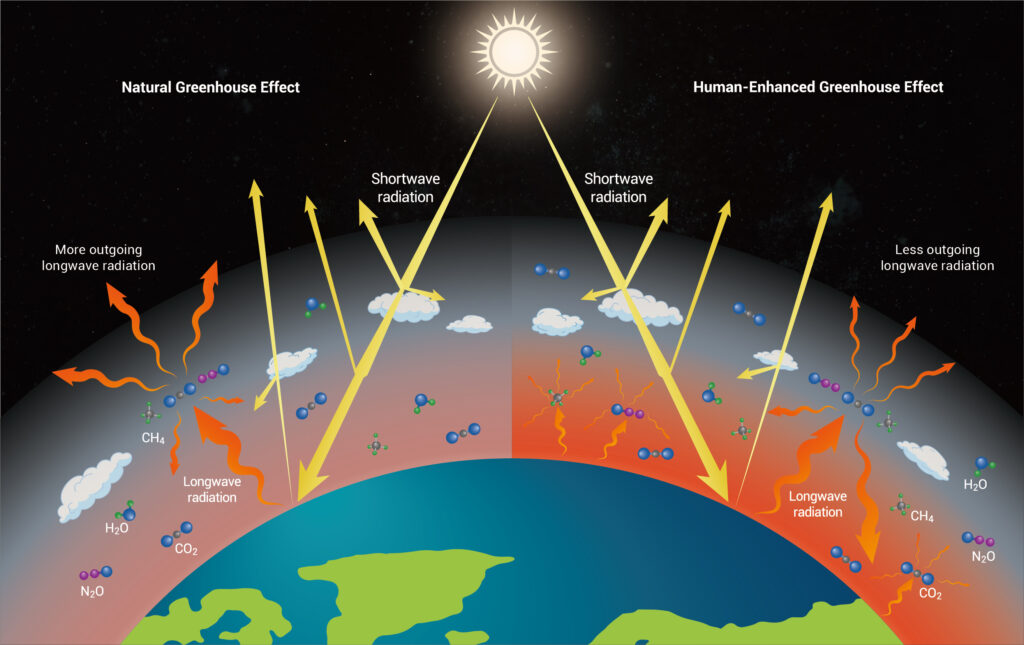A comprehensive new analysis has found that climate change is dramatically reshaping global wind patterns, including jet streams and surface winds. The research warns that these changes could influence weather systems, aviation safety, renewable energy reliability, and even the health of ecosystems worldwide.
The study reveals that high-altitude jet streams—fast-flowing air currents that guide weather systems—are shifting and becoming more erratic as global temperatures rise. These atmospheric disruptions can trigger unpredictable storms, alter rainfall distribution, and intensify temperature extremes across continents.
“We’re seeing climate-driven changes in atmospheric circulation that are altering wind dynamics on both regional and global scales,” said one of the lead researchers involved in the analysis.
Jet Streams and Extreme Wind Events Intensify
Jet streams, which traditionally flow in stable patterns across the mid-latitudes, are increasingly wavering and shifting due to polar warming and uneven heating of the Earth’s surface. This instability contributes to prolonged heatwaves, cold spells, and erratic storm paths.
In addition, extreme wind events—including derechos, cyclonic storms, and powerful frontal systems—are becoming more frequent and intense, posing challenges to infrastructure resilience and disaster preparedness.
These phenomena underline how climate feedback loops are transforming atmospheric motion, making traditional weather forecasting models less reliable.
Land-Use Changes Compound Wind Variability
The report also links surface-level wind shifts to human activities such as deforestation, desertification, and urban expansion. As cities grow and forests recede, urban heat islands and expanding arid zones modify local airflow, creating microclimates that further complicate global circulation models.
These surface changes not only impact regional weather but also influence the efficiency of wind energy systems, making it harder for renewable power operators to predict and capture consistent wind resources.
Implications for Aviation, Energy, and Ecosystems
Researchers caution that aviation routes may become less predictable as shifting jet streams affect flight paths and turbulence zones. Airlines could face higher fuel consumption and increased safety concerns as wind corridors change unpredictably.
Meanwhile, the renewable energy sector, particularly wind farms, must adapt to evolving patterns that affect energy output stability. For ecosystems, altered wind flows could influence pollination, seed dispersal, and ocean nutrient distribution, leading to ecological imbalances.
“Our infrastructure and energy models were designed for a stable climate,” one expert explained. “Now, we must rethink these systems to withstand a more volatile atmosphere.”
Global Urgency for Adaptive Climate Models
The findings underscore an urgent need for enhanced climate models and adaptive infrastructure planning. Scientists emphasize that understanding wind pattern evolution is essential to mitigating the cascading effects of climate change on society and the environment.
The study contributes to a growing body of research illustrating how atmospheric feedback loops are transforming global circulation, highlighting the deeply interconnected nature of Earth’s changing climate systems.

